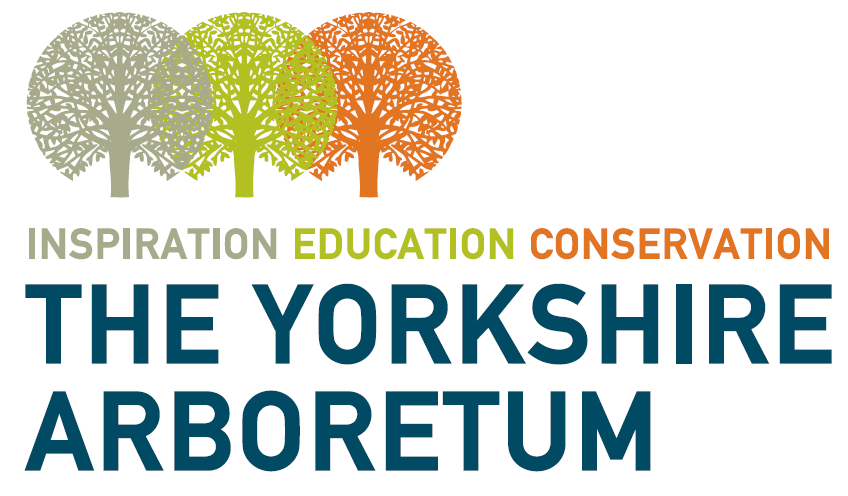Ips typographus pheromone trapping
Forest Research have rolled out a new national monitoring project to help prevent the potential spread of a serious tree pest, the larger eight-toothed European spruce bark beetle (Ips typographus).
Volunteers have been recruited across the country who have spruce growing in woodland that they own or manage, and who are willing to host and collect samples by installing a spruce bark beetle trap.
By taking part in this project, The Yorkshire Arboretum will become part of an early-warning system and help action to be taken to limit the impacts of this pest. They will also be contributing crucial data to science that will help researchers in better understanding the biology of this pest and help shape policy and guidance for the sector.
Another benefit of taking part is that if this pest is discovered breeding in a volunteer’s woodland, prompt action can be taken to limit damage. Whether the pest is found in their woodlands or not, volunteers will gain insights into management actions which may reduce the vulnerability of their woodlands.
The Yorkshire Arboretum pheromone trap is hanging amongst the spruce trees up in the sand banks area or the arboretum. A preservative is added to the collection cup and a pheromone lure is secured to the trap. Insects in flight will fly in to the black section of the trap, then slide down to the bottom, through a filter and in to the collection cup. The collection cup is emptied fortnightly and sent to the Forest Research lab for analysis.






